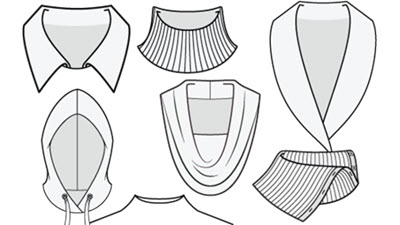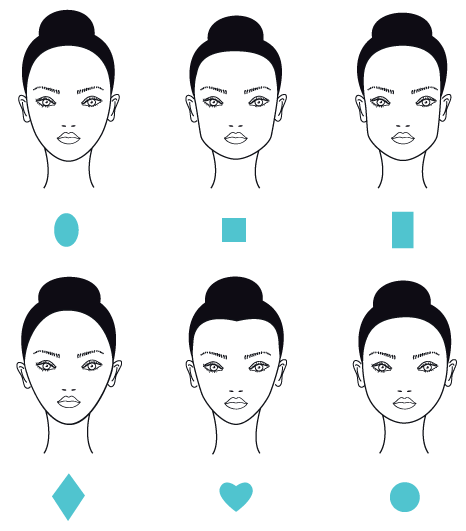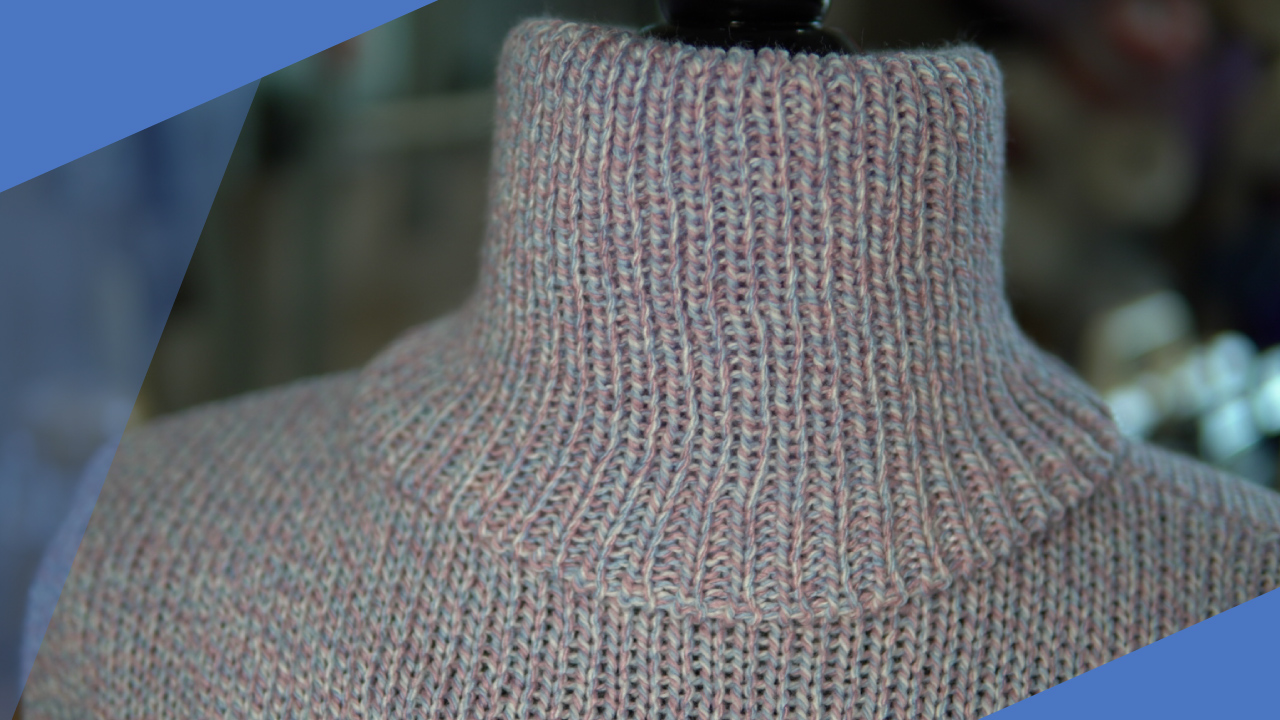Creating Collars on the Knitting Machine
Collars pull the viewer’s eye to the wearer’s face and can be as important a design element as stripes,
colorwork, or other design elements for enhancing the wearer’s appearance.
Article by Katharine Seaman (Used with permission)
A lot of knitters tend to not think beyond the simple banded crew neck or V-neck. They do not think
of adding a straight collar or a collar with lapels to either of these necklines. Their imagination does
not take them to shawl collars or ruffled collars, all of which are possible with a knitting machine.
So
begin to think beyond the flat band and the turtleneck. Think about whether a cowl, straight, shawl,
ruffled, lace, or middy collar would enhance your garment and the person for whom it is intended.



